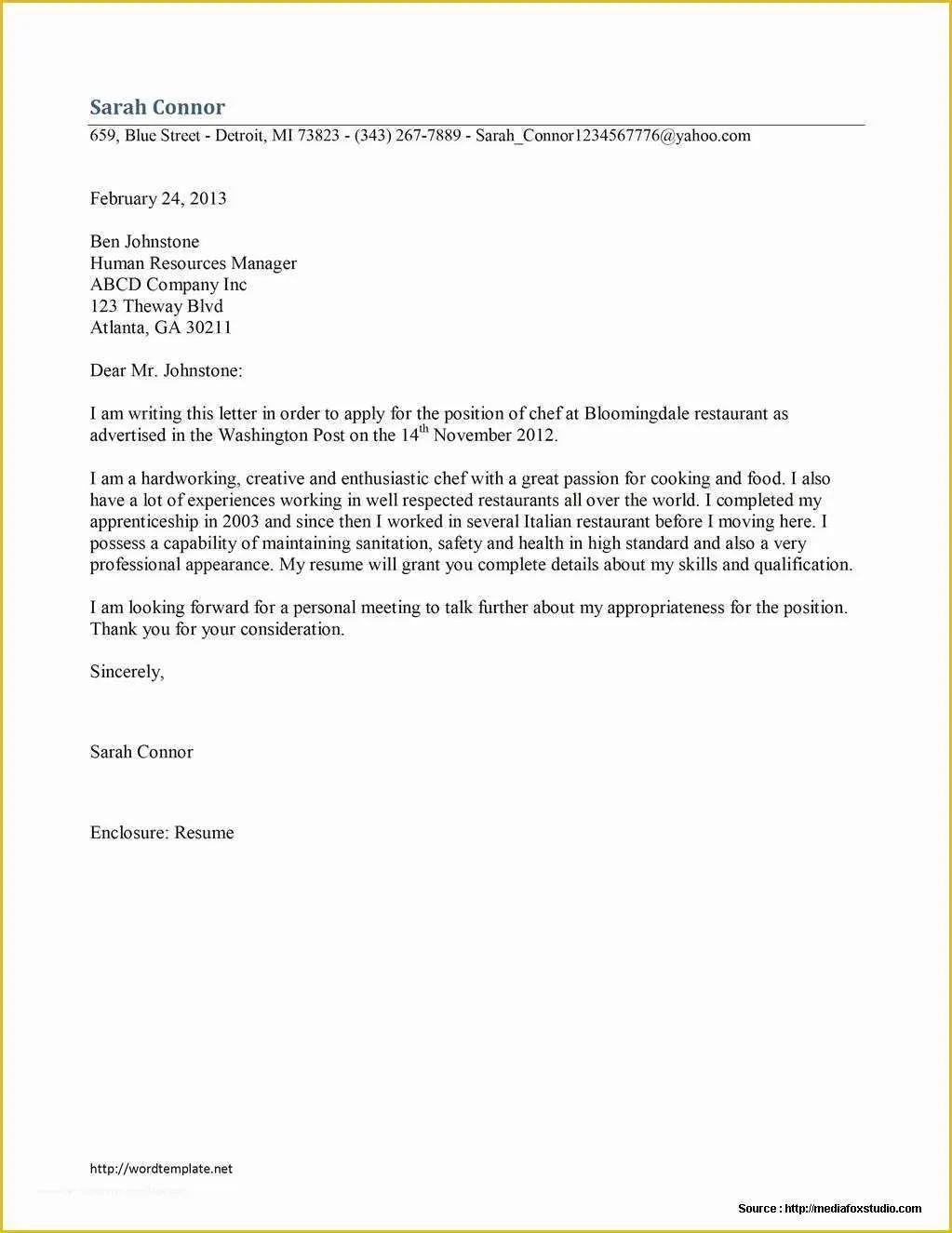What is a Cover Letter (and Why You Need One)
A cover letter is a crucial document that accompanies your resume when applying for jobs. It serves as an introduction, providing a personalized overview of your qualifications and expressing your interest in a specific role or company. Unlike a resume, which presents a factual summary of your experience and skills, a cover letter allows you to showcase your personality, explain your motivations, and highlight why you’re a perfect fit for the position. It’s your chance to make a strong first impression and persuade the hiring manager to read your resume in detail. Including a cover letter is often essential; it’s a key element of a job application that can significantly increase your chances of getting an interview. Many employers now require a cover letter, viewing it as a standard part of the application process. Without one, your application might be overlooked. This guide focuses on how to craft an effective cover letter, with free resources to help you succeed.
Essential Components of a Cover Letter
A well-structured cover letter should include several key components to effectively communicate your qualifications and interest. These elements work together to present a cohesive and persuasive case for why you should be considered for the job. They include your contact information (header), the hiring manager’s contact information, a proper salutation, a compelling opening paragraph, a section highlighting your skills and experience, an expression of enthusiasm for the role, a strong closing paragraph, and a thank-you note with a call to action. Each part plays a vital role in demonstrating your suitability for the position and encouraging the hiring manager to take the next step. By paying attention to each of these elements, you can significantly increase the impact of your cover letter and set yourself apart from other applicants.
Your Contact Information (Header)
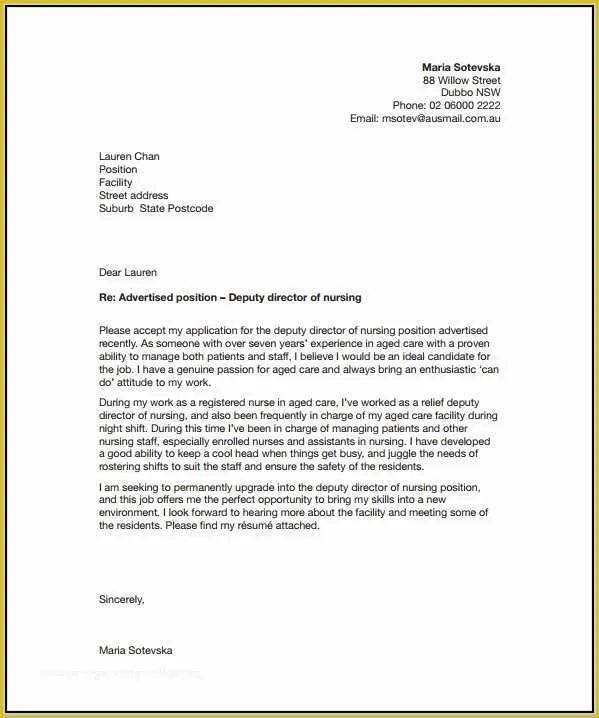
Your header is the very first thing a hiring manager will see, so it’s crucial to format it professionally and accurately. It should include your full name, contact information (phone number and email address), and, optionally, your LinkedIn profile URL or personal website. Ensure that your contact information is up-to-date and that your email address sounds professional. Avoid using nicknames or casual email addresses. The header should be aligned to the top left or right, and the font should be consistent with the rest of your cover letter. Always double-check the accuracy of your information to ensure that recruiters can easily reach you. A well-formatted header not only makes your letter look polished but also ensures that recruiters know how to contact you for an interview. See image example of header information: https://example.com/header-information.webp
The Hiring Manager’s Contact Information
Whenever possible, address your cover letter to a specific person (the hiring manager or recruiter) to show that you have taken the initiative to research the company and the position. This demonstrates that you have a genuine interest in the role. If you can’t find the hiring manager’s name, try searching LinkedIn, the company website, or the job posting. If you’re unable to find a name, you can use a general salutation, such as ‘Dear Hiring Manager.’ Always include the hiring manager’s name, title, company name, and address if you know it. Correctly addressing the hiring manager is a sign of professionalism and attention to detail, which can make a positive impression and set you apart from other candidates who use generic salutations.
The Salutation (Get it Right)
The salutation sets the tone for your entire cover letter, so choosing the right one is crucial. The ideal salutation is ‘Dear [Hiring Manager’s Name].’ If you don’t know the hiring manager’s name, use ‘Dear Hiring Manager’ or ‘Dear [Company Name] Hiring Team.’ Avoid overly casual salutations such as ‘Hello’ or ‘Hi.’ If you are unsure of the name, research the company or look at the job posting for clues. Always spell the recipient’s name correctly and double-check the title. The salutation is the initial greeting, so make a good impression. Incorrect or generic salutations might signal a lack of research, potentially harming your chances of getting an interview. Using the right salutation shows respect and professionalism and helps build a connection with the reader.
Crafting a Compelling Opening Paragraph
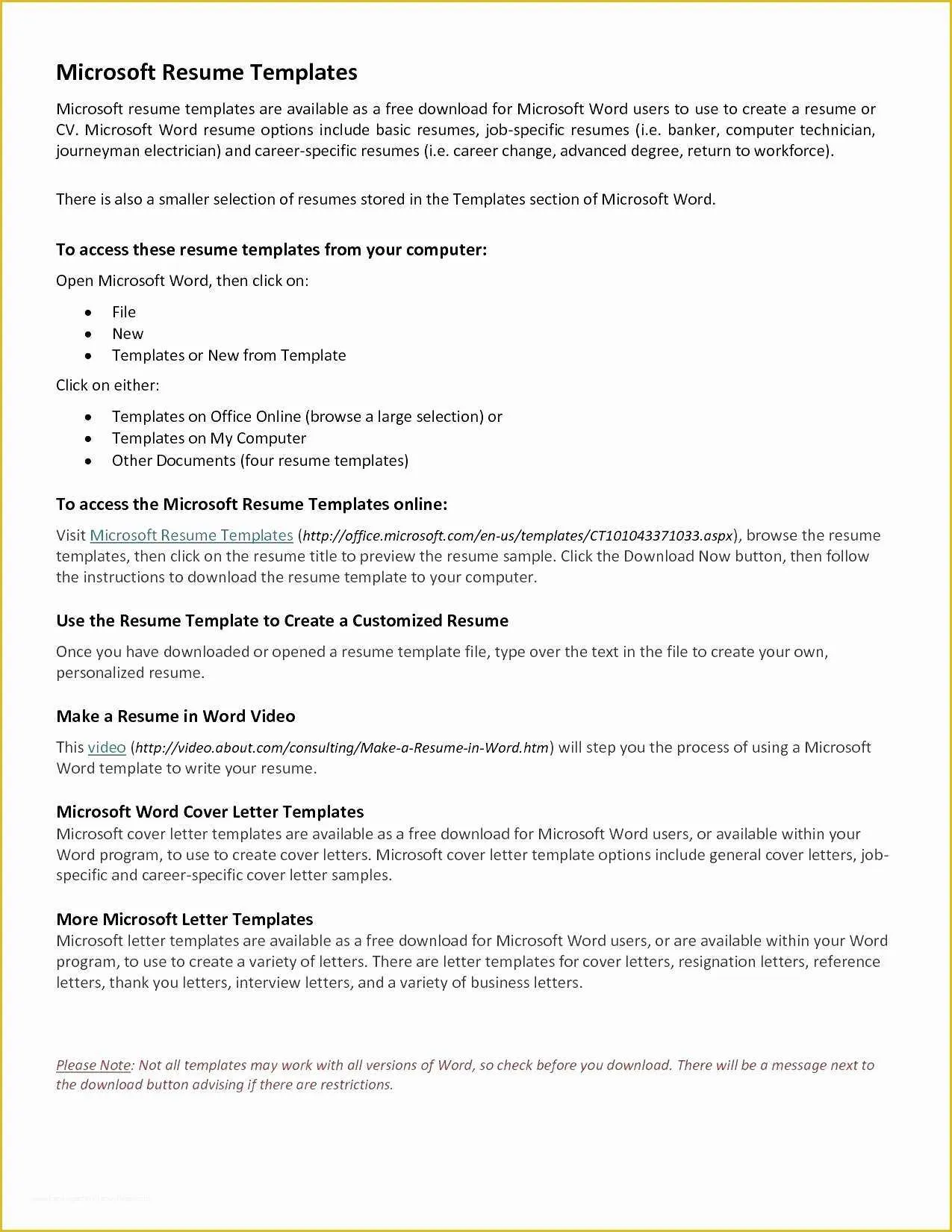
Your opening paragraph should immediately grab the reader’s attention and clearly state the purpose of your letter. Start by mentioning the specific position you are applying for and where you saw the job posting. Briefly state why you are interested in the role and the company. Within a few sentences, communicate your enthusiasm and key skills that align with the job requirements. It’s your chance to make a strong first impression and convince the hiring manager to read further. Avoid generic phrases and instead personalize your introduction. A compelling opening paragraph piques the hiring manager’s interest and encourages them to read the rest of your letter, learning more about your qualifications and suitability for the position. See image for a good example of how to start: https://example.com/compelling-opening.webp
Highlighting Your Skills and Experience
The body of your cover letter is where you highlight your skills and experience to demonstrate how you meet the job requirements. Focus on the most relevant skills and accomplishments, providing specific examples of how you have used these skills to achieve results in the past. Use action verbs to describe your accomplishments and quantify your achievements whenever possible (e.g., ‘Increased sales by 15%’). Tailor this section to match the specific requirements mentioned in the job description, showing the hiring manager you have done your homework. This is your opportunity to connect your skills and experiences with the company’s needs, making your application more compelling. See image for a good way to provide skills and experiences: https://example.com/skills-and-experience.webp
Matching Skills to the Job Description
Carefully review the job description and identify the key skills and qualifications the employer is seeking. Then, in your cover letter, explicitly mention these skills and provide examples of how you have demonstrated them in your previous roles or experiences. Use keywords from the job description to show that you understand the position and are a good fit. Tailoring your skills to the job description ensures that your letter is relevant and shows the hiring manager that you have the specific qualifications required. Highlighting these relevant skills shows that you have read and understood the requirements and are a strong candidate.
Showcasing Achievements and Quantifiable Results
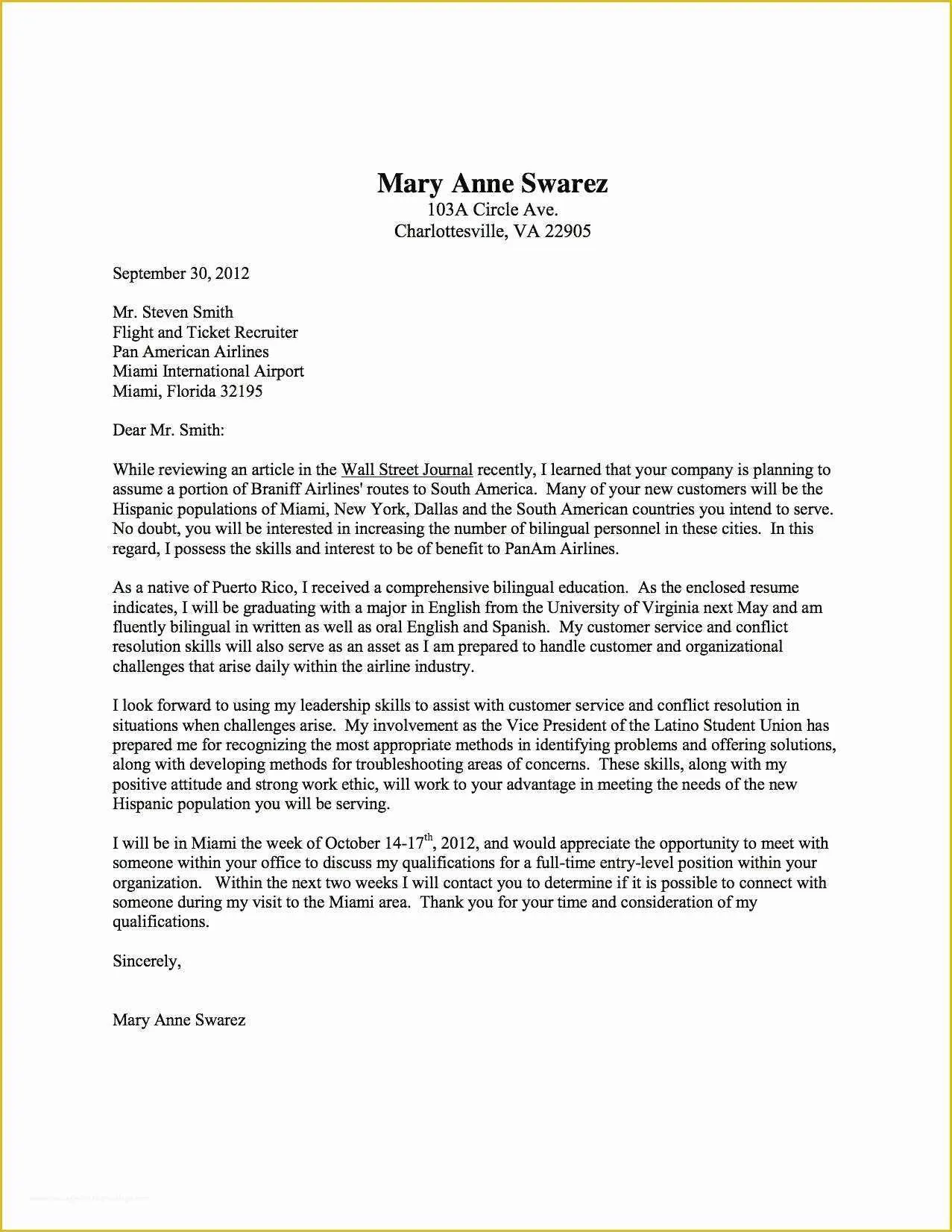
Instead of simply listing your responsibilities, use your cover letter to showcase your achievements and the results you’ve achieved. Use specific examples and quantifiable data (e.g., percentages, numbers, dollar amounts) to demonstrate your impact. For instance, instead of saying, ‘Managed social media accounts,’ you could write, ‘Increased social media engagement by 30% within six months by implementing targeted content strategies.’ Providing concrete results makes your cover letter more persuasive and demonstrates your value to the employer. By highlighting your achievements, you make a more convincing case for why you are the best candidate for the job.
Expressing Your Enthusiasm for the Role
Your cover letter should clearly convey your enthusiasm for the role and the company. Show that you have researched the company and understand its mission, values, and goals. Explain why you are excited about the opportunity and how you believe you can contribute to the company’s success. Mention specific aspects of the role or company that particularly interest you. Expressing your enthusiasm makes your application more memorable and shows the hiring manager that you are genuinely interested in the position, making you stand out from other candidates. Be genuine and passionate, demonstrating that you are not just looking for a job but eager to make a meaningful contribution.
Writing a Strong Closing Paragraph
Your closing paragraph should summarize your main points and reiterate your interest in the position. Reiterate your key qualifications and why you are a good fit for the role. Express your confidence in your ability to contribute to the company’s success. Keep the tone positive and professional, leaving the hiring manager with a lasting impression of your qualifications and enthusiasm. A strong closing paragraph leaves a positive final impression and reinforces why you are the best candidate. By summarizing your key points, you remind the hiring manager of your value and encourage them to consider your application further.
Thanking the Hiring Manager and Call to Action
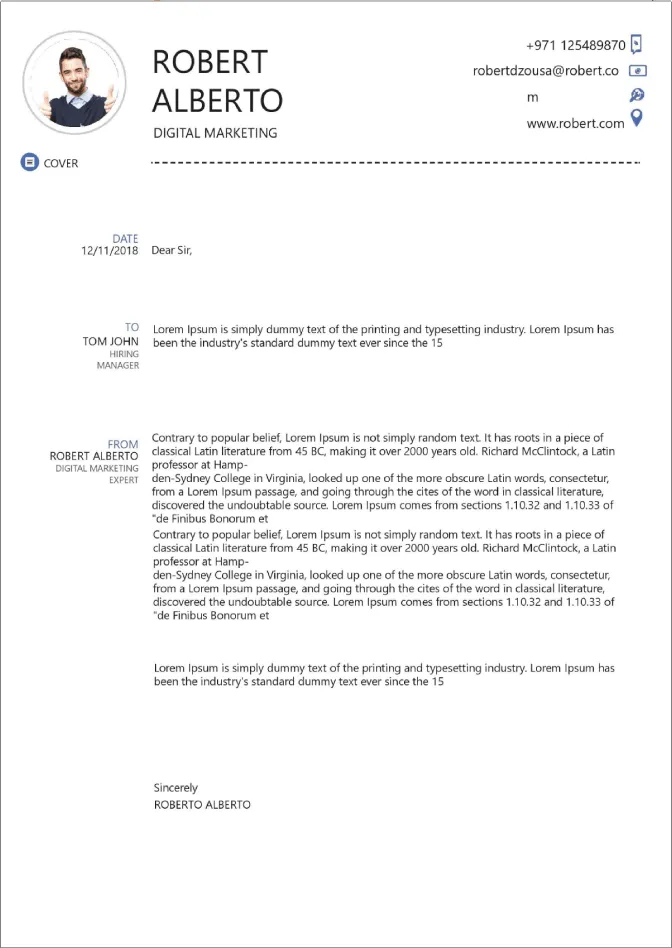
End your cover letter by thanking the hiring manager for their time and consideration. Include a call to action, such as expressing your eagerness to discuss your qualifications further in an interview. Indicate your availability for an interview and how they can reach you. A call to action prompts the hiring manager to take the next step and increases the likelihood of getting an interview. Always use a professional closing, such as ‘Sincerely’ or ‘Best regards,’ followed by your typed name. Include your contact information again, just in case it is separated from your header. A well-crafted closing ensures a professional end to your cover letter.
Cover Letter Formatting and Design
The formatting and design of your cover letter are just as important as its content. A clean, professional design makes your letter easy to read and demonstrates your attention to detail. Use a standard font (e.g., Times New Roman, Arial, Calibri) and maintain consistent font sizes throughout the document. Avoid using excessive colors or distracting graphics. Ensure your formatting is consistent and neat. Correct formatting contributes to a positive first impression and shows that you pay attention to detail. Always proofread your cover letter to ensure that everything is clear, neat, and easy to read. Ensure the format is the same as your resume to look professional.
Choosing the Right Font and Size
Select a professional and readable font for your cover letter, such as Times New Roman, Arial, Calibri, or Helvetica. These fonts are classic choices that are easy on the eyes and widely accepted by employers. Use a font size between 10 and 12 points for the body of your letter, as this ensures the text is easily legible. Keep the header slightly larger (12-14 points) to make it stand out. Ensure that your font and size are consistent throughout the entire document. Choosing the correct font and size improves readability and makes a good impression. Avoid using overly decorative or difficult-to-read fonts. A clean and professional font ensures that the hiring manager can easily read and understand your content. Ensure consistent formatting.
Formatting for Readability
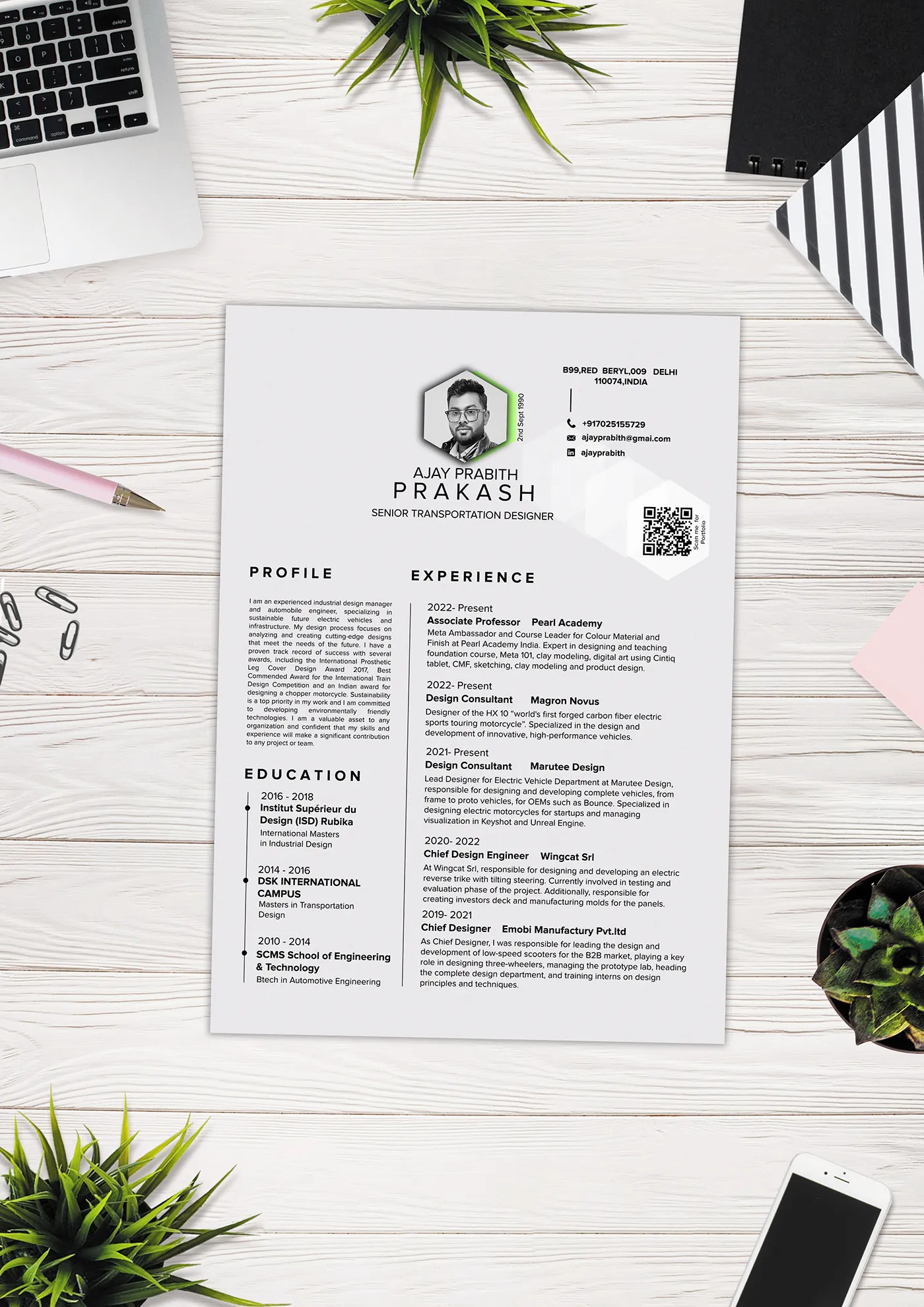
Proper formatting significantly impacts the readability of your cover letter. Use single-line spacing for the body of your letter and double-line spacing between paragraphs to create visual breaks. Use left alignment for the text, and avoid justifying the text, as this can create awkward spacing. Use clear and concise headings and subheadings to break up your content and make it easier to scan. Use bullet points to highlight key accomplishments or skills. Good formatting makes your cover letter easier to read and shows that you respect the hiring manager’s time. Ensure a clean, uncluttered layout, leaving adequate white space to prevent the document from appearing crowded. Avoid including long blocks of text without any visual breaks.
Free Cover Letter Templates and Resources
Many free cover letter templates and resources are available online to help you create a professional and effective cover letter. These templates provide a basic structure and formatting, allowing you to focus on the content. Websites like [Insert Website Name] offer various templates, including basic, modern, and creative designs. Use these resources to speed up the creation process and get inspiration for how to structure your letter. These resources give you a head start, especially if you are unsure where to begin, and provide guidance on how to showcase your qualifications effectively. See image example to find free templates: https://example.com/free-templates.webp
Where to Find Free Templates
Several online platforms offer free cover letter templates. Start by searching for ‘free cover letter templates’ on Google or other search engines. Look for reputable websites that provide templates in common formats, such as Microsoft Word and Google Docs. Ensure the templates are modern and professional, with clear formatting. Consider sites like [Insert Website Name], [Insert Website Name], or [Insert Website Name]. Also, many job boards like Indeed, LinkedIn, and Glassdoor may provide cover letter builders and templates. Selecting appropriate templates helps you create a professionally-formatted cover letter quickly. Ensure these templates meet your needs and are compatible with your software.
Customizing Your Free Cover Letter
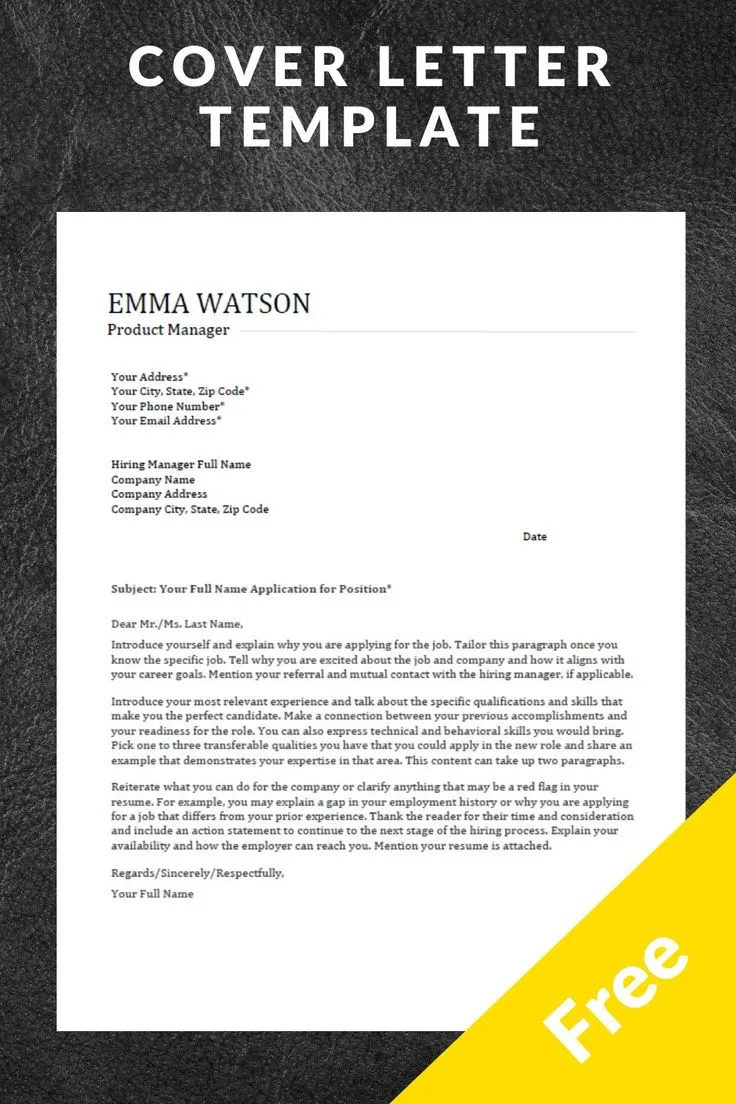
While free templates provide a solid foundation, it is essential to customize them to make your cover letter unique. Replace the template’s placeholder text with your information. Tailor the content to fit the specific job requirements and the company’s culture. Modify the language to reflect your skills, experience, and enthusiasm for the role. Personalize the introduction, body, and closing to reflect your unique qualifications and interest in the position. Customizing ensures your cover letter reflects your personality and makes it stand out from other applications. Ensure that your cover letter is not generic, making it clear that it has been specifically crafted for the job and company.
Proofreading and Editing Your Cover Letter
Proofreading and editing your cover letter is a critical step. Check for spelling, grammar, and punctuation errors. Read your letter aloud to catch any awkward phrasing or inconsistencies. Ask a friend or family member to review your letter for a second opinion. Ensure the language is clear, concise, and professional. Errors can undermine your credibility, so thorough proofreading is essential. A polished cover letter shows attention to detail and professionalism. See image for proofreading tips: https://example.com/proofreading-tips.webp
Common Cover Letter Mistakes to Avoid
Avoid common cover letter mistakes, such as sending a generic letter, using clichés, or focusing on yourself instead of the employer’s needs. Do not include irrelevant information, such as salary expectations, unless specifically requested. Ensure the tone is professional, and avoid sounding overly casual or informal. Avoid grammatical errors and spelling mistakes, and do not exceed the recommended length (one page). Common mistakes will make you look less prepared, which can hurt your chances. Proofread carefully and customize your letter to show how you meet the job requirements and can benefit the employer.
Cover Letter Checklist Before Submission
Before submitting your cover letter, use a checklist to ensure everything is in order. Verify that your contact information is accurate, and the salutation is correct. Confirm that your letter is tailored to the specific job and company and that it highlights relevant skills and achievements. Proofread for errors in spelling, grammar, and punctuation. Ensure the formatting is consistent and professional and the content is clear, concise, and compelling. By following a checklist, you can prevent mistakes and ensure your cover letter effectively presents your qualifications. A well-prepared cover letter increases your chances of getting an interview and landing your dream job. Always make sure that you are satisfied and it represents you well. See image for a good example of cover letter https://example.com/cover-letter-example.webp
